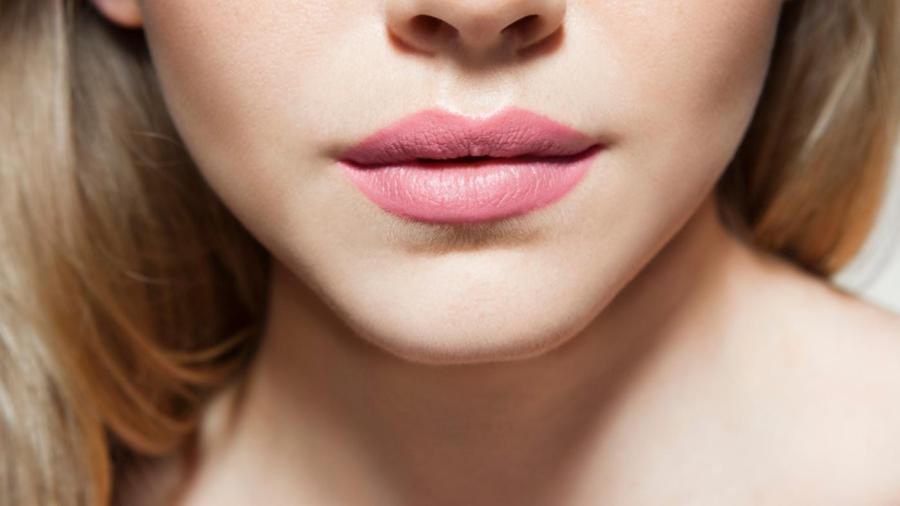What Do the Different Types of Chins Mean?

In the Chinese face reading practice, a round chin belongs to a person who is supportive, generous, sympathetic, kind and family-minded, whereas a square chin alludes to a more stubborn individual. A pointed or narrow chin characterizes a hot-tempered, stubborn, fiery, sensitive, fun-loving and sociable person who also loves to gossip.
A jutting chin may hearken toward a confident or enthusiastic person, while a receding chin may bespeak of a weaker willed personality. A long chin may belong to someone who is loyal and affectionate, and a double chin foretells of luck in later years. Finally, those with a cleft chin enjoy the spotlight and will be youthful even in old age.
Recently, scientific studies have shown that although at first the chin may seem to have no utility, it in fact may help in supporting and safeguarding the jaw from mechanical stresses that accrue when talking or eating. Studies have suggested that the jaw developed in response to the shrinking of our ancestor’s teeth, jaws and chewing muscles. As these facets of our face grew smaller, the chin evolved to help offset the increased load and stress.
An apposing hypothesis is that the chin developed in response to sexual selection as certain kinds of jaws became more appealing to those of the opposite sex. Eventually certain jaw characteristics were culled from the species simply due to their lack in sexual appeal.





